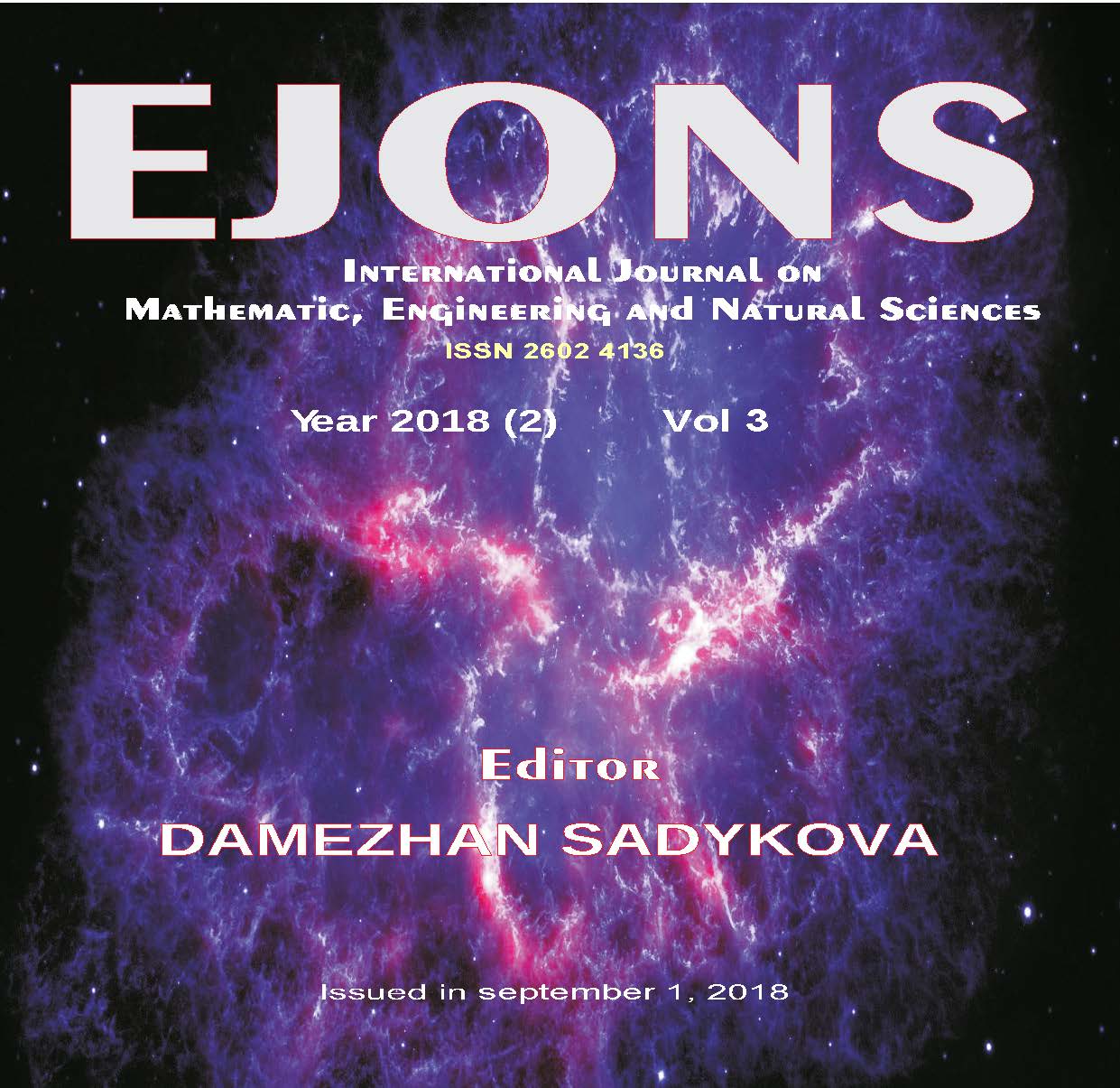EVOLUTION OF ARCHITECTURAL TECTONIC: AN ASSESSMENT ON DIGITAL TECTONICS
Keywords:
Tectonic, Digital tectonic, Digital architecture, Computational TechnologiesAbstract
Numerous design and production technologies that are rapidly developing and widespread in the 21st century have given direction to innovative and revolutionary works in architectural design and production areas as well as in all design fields. New perspectives for design and construction processes have been developed, especially with computer-aided design and manufacturing (CAD and CAM) technologies, and a “design processes” approach has been adopted instead of final product design. In the early periods, the use of CATIA program in architectural design for the design and production of complex structures, which has been used in aircraft design and automatic production, has been opened and digital production technologies, called file to fabrication, have been included into the design and construction processes. By the time of progress, new software has been developed and expanded to supply the increasing needs of architects, thus CAD / CAM technology has become an important component of design and production in computational architectural processes. These forms ofdesign and manufacturing, shaped by these technologies, have begun to create their own tectonics, and new forms of construction termed as “digital tectonic” have also reshaped the communication of architect with the material and structure. In other words, while the traditional construction practice in building application consist of much more complex forms with manufacturing, fabrication and assembly, design of new materials or use of existing ones in different forms, hybridization, ultimately leads to the emergence of new tectonics. In this regard, the tectonic concept in this context is examined within the framework of the different theoreticians’ views and a classification study is carried out over the centuries, especially considering the significant crossroads such as four different industrial revolutions in architectural history. The end of the construction/fabrication methods resulted by integration of CAD / CAM concepts with architecture and the term of digital tectonics is discussed by the examples that have been applied in recent years. As a result, an evaluation about how architects can use advanced automation technologies to modify, develop and solve the existing problems in design and construction with widespread of the computational tools/ environments uses in architecture is carried out.
Downloads
Published
How to Cite
Issue
Section
License

This work is licensed under a Creative Commons Attribution-NonCommercial 4.0 International License.


